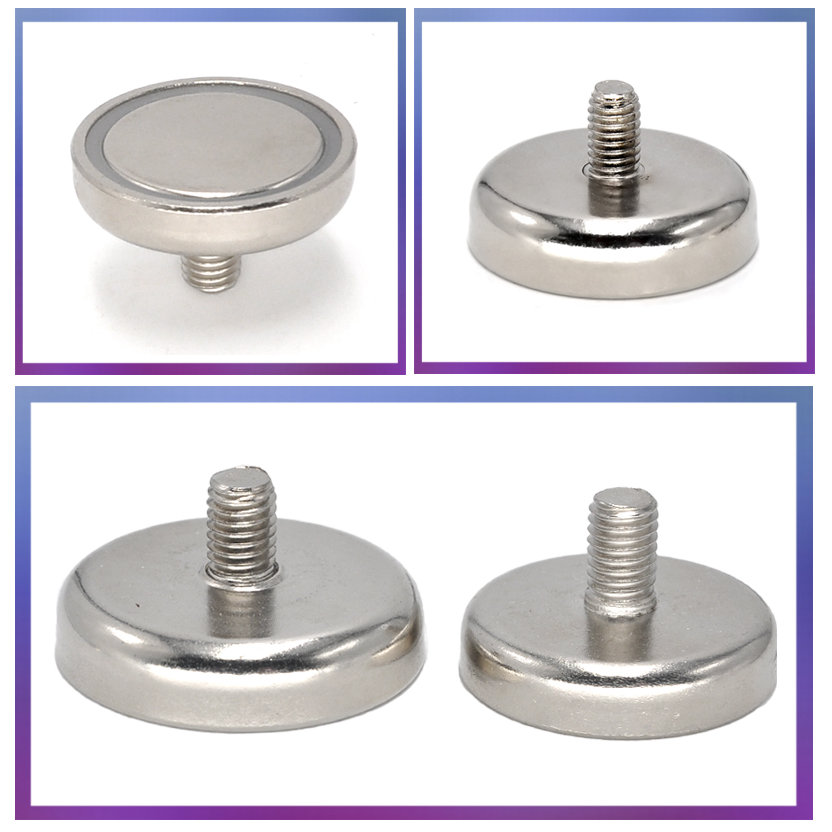We are already in the era of new energy vehicles? For this question, see the matter. One standard is to measure the sales of new cars. Some people say that even if they reach 1%, they are 5%. From January to November this year, the production and sales of new energy vehicles completed 639,000 and 609,000 vehicles, respectively, an increase of 49.7% and 51.4% year-on-year respectively. Even if the sales volume reaches 700,000 units this year (almost no possibility), it will occupy 2.9% of the total sales volume of passenger cars in 2016 and reach the threshold of 1%, far from 5%. "Stop selling" wind blows around the world No matter whether 1% or 5%, it is a figure set artificially. A more thorough sign is to stop using traditional fuel vehicles. Compared to “stoppingâ€, the conditions for “stopping the sale†of fuel vehicles are much softer and relatively easy to achieve. Persimmon is soft and pinching. As a pioneer of environmental protection, the developed countries in Europe competed in the past two years to announce a "sale suspension" timetable. Both Norway and the Netherlands have set the “discontinued†schedule in the radical 2025, while Sweden is “conservative†in 2050. What needs to be pointed out is that Norway and the Netherlands have almost no entire vehicle industry (if not considering the Spyker who is dying), that is to say, standing up and talking is not a pain. Moreover, the average working people in Norway can buy a low-priced Tesla Model X for half a year. Even if the fuel tank is banned, there is no pressure. In an environment where environmental protection is absolutely politically correct, our Ministry of Industry and Information Technology officials also said in September that “we are studying and formulating a “sale suspension scheduleâ€, but so far, no time has yet been issued. It stands to reason that a car company that owns heavy assets in traditional automobiles will never be happy to see what the timetable for stopping sales is. However, things are so strange that after Changan announced that it stopped selling fuel vehicles in 2025, BAIC announced similar plans this month. Basing on the basis of Changan, BAIC announced that it would stop selling its own brand of fuel vehicles in Beijing in 2020 and stop selling it nationwide in 2025. Well, anyway, BAIC's own brands have also done less than ideal. If Daimler also promised to stop selling fuel vehicles in China in 2025, he would have to be fatal. However, it is not. Cai Che also said in Tucao, "By forbidding some kind of drive, it is very possible to make an Oolong. No one can predict what the next 15 to 20 years will look like... From a global perspective, formulating the "sale suspension" timetable is even more radical than that of developed countries, reflecting the great country's role and the positive significance that cannot be ignored. However, how did the research institutes commissioned by the Ministry of Industry and Technology, and even car manufacturers, “researched†what year to stop selling fuel vehicles? Based on some mysterious algorithm prediction, or simply with good wishes? Historical experience shows that human beings tend to overestimate or exaggerate short-term predictions because of limitations in their own life span, and they tend to underestimate their long-term progress (tens of years). In short, the sad reminder of human prediction ability is really the luck of the Creator and the laughing material of the latter. Does God predict God's promise? When fuel trucks withdraw from the historical stage, they can only depend on the progress of technological development. Policy determination, environmental protection ideals, public opinion, can only work in the short term. The long-term process will automatically filter out the "disturbance" effect, but this does not mean that people do not wait. At present, new energy vehicles (except hydrogen power), especially electric vehicles, have a carrier energy density that is much lower than that of hydrocarbons. The inadequacies of new energy vehicles all stem from this short board. Hydrocarbons are the most ideal energy carriers that humans can currently find. Although the calorific value of hydrogen energy is high, its normal-temperature gas density is too low, and there are cost barriers to low-temperature storage. In the final analysis, it is still an energy density problem. The key to new energy's "triple power" technology is battery technology. For years, the world’s smartest minds and most generous investments have been busy raising the energy density of lithium batteries. For at least the past three years, the battery energy density has hardly risen. Does New Energy currently have the strength to replace traditional fuel vehicles? Just to answer, "How many people choose new energy without policy intervention?" is enough to explain. It is unbelievable that a relatively weak technological form, in the name of environmental protection, is an attempt to replace the strong. Policies can change with the situation, violate the rules of the market for forced substitution, or promise replacement, how far they can go, it goes without saying. Of course, the development of technology is full of uncertainty. Our arduous efforts may result in unsatisfactory results, and unintentional discoveries have subverted everything in sight. With regard to the bright future of new energy, it may be only one layer of window paper, and the promise of 2025 may be conservative even if we look back. Determined future and uncertain time It may be in the wrong direction, wrong posture, or it may not recognize an obvious fact. The various failures and explorations that we are conducting today and the inevitable improvements will probably contain new discoveries that are sufficient to fulfill our promises. It may be nuclear power, perhaps solar energy, or even an energy source that we have never recognized. Perhaps there will be a new understanding next year, perhaps for decades (such as controlled nuclear fusion research). However, based on the current technology and cognitive level, to predict the direction of the industry after 8 years and even decades, and give an exclusive commitment, is it too arbitrary? If it is recognized that advanced technology under reasonable cost will have vitality, it is only a gesture to promise to abandon a certain technology plan in a certain year. Fuel vehicles will still coexist with new energy vehicles in the foreseeable future. The output value of more than 8 trillion yuan in China's traditional automotive industry will not vanish at some point in the future because of something. Whether a car company is based on brand image, based on policy dividends, or even based on the purpose of making someone happy, the timetable will not change the future reality. In the future, the weight of new energy will accelerate, but no one knows when it will be able to gain an advantage and when it will be able to technically overcome/replace traditional energy sources. The decision to ban the sale of fuel vehicles is based on the current state of the art and does not take into account the acceleration, twists, or brand-new path of technological development. Therefore, its value is not high. Standing back in 2025, it may be a joke. The problem with the timetable is not radical or conservative. As a commitment, it lacks a foundation; as a prediction, it is too formal. As a manifestation of the determination of environmental protection, or a slogan, it has a good effect, at least, the stock market and public opinion circles have moved. Faced with the global environmental anxiety after the Paris Agreement, most first-line OEMs claim to expand new energy product lines, and even each fuel vehicle corresponds to a new energy product. However, companies that claim to no longer manufacture conventional fuel vehicles are only a few. . If the latter does not have a competitive advantage, then the "discontinued" commitment will not have market value. The future is destined to belong to new energy, but in the end belongs to which one, and slow conclusions. From the perspective of environmental protection, it is hoped that new energy will soon become a mainstream program, but it will still not replace the objective law of technological development. If you do not want to be a joke for the future, it is wise to do less long-term predictions.
Magnetic pot magnet round base are ceramic or neodymium magnets clad with a steel cup. Magnetic strength can be multiplied with the block of the steel cup, These magnets are often found in applications requiring a strong holding device or the ability to attach a post or hook to hang inspection equipment, indicator gauges, lamps, signs, antennas and other items.
The steel cup outside the magnet will protect the magnet from the direct impact when meet other iron or steel things, also, these steel cup will protect the magnet form corrosion of the outdoor humid environment.
The rubber magnet base is made of small Neodymium Magnet discs, steel,and rubber, these magnet discs will effect the magnetic loop with each other and spread out, the steel plate will block and enlarge the magnetism of these magnet discs,the rubber that cover the magnets and steel plate will protect the magnet from impact and corrosion. rubber magnet base is a amazing invent with great help.
Magnetic pot magnet round base are very long of using life, they can keep their magnetism for more than 10 years in the outdoor humid hot environment. Over 15 years in the indoor environment.
Pot Magnet Round Base,Round Base Magnet,Pot Magnetic Base,Rubber Magnet Base NINGBO SHINE MAGENETIC TECHNOLOGY CO.,LTD , https://www.shinemagnets.com





The core message: From a global perspective, formulating the “sale suspension†timetable is even more radical than that of developed countries, reflecting the great country’s role and having positive significance that cannot be ignored.